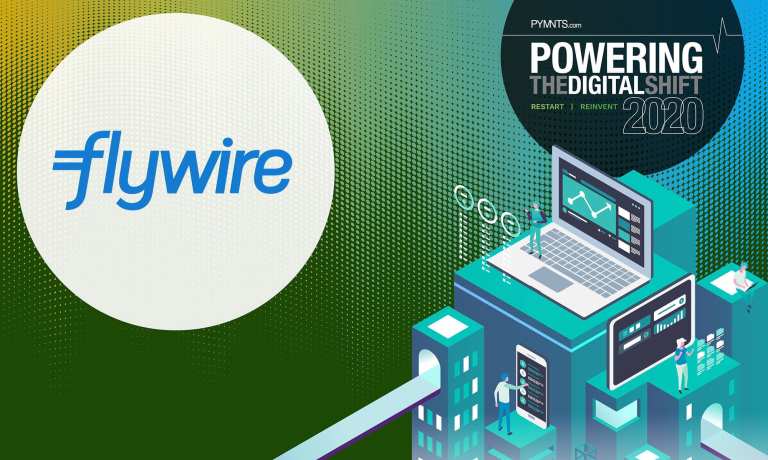Digital Is The New Normal In Payments

“In our experience, ‘billers’ don’t want to own the payment process. They want solutions that can shield them from the complexity and risk of payments so they can focus on their core business.”
The billing and payments process cries out for personalization. It’s table stakes now, so extra clarity is valuable. “Organizations require payment experiences that are customized to their industry, business and customers,” said Ryan Frere, executive vice president of global payments at Flywire. “Unfortunately, most payment services are off-the-shelf when they should be tailored to fit. Rather than working with existing systems, processes and people, ‘one size fits all’ payments work against them. As a result, organizations risk losing time, money and customers.”
The following is an excerpt from How 35 Execs Are Powering The Great Digital Shift Of 2020 (And Beyond), contributed by Ryan Frere, executive vice president of global payments at Flywire.
The coronavirus crisis has created an urgency around digitization unlike anything seen before. Whereas digital was once an opportunity for a competitive advantage for forward-looking businesses, today it’s a basic matter of survival. We’re seeing organizations move more quickly to automate more of their front- and back-end processes like payments and receivables — to facilitate remote work requirements, meet changing customer needs and gain new operational efficiencies. None of these things are really new, but they are accelerating existing issues and trends, including the following:
Digital Expectations
In the current environment, instant, digital, always available, low-cost solutions are table stakes — for both businesses and their customers. Yet, many organizations still struggle to offer their customers a reasonable payment experience — the ability to pay when they want, how they want, with whichever method they choose. Unless payments are brought in line with digital-native services, organizations face customer experience, retention and acquisition challenges. Conversely, when handled properly, payments can unlock valuable insights that can help organizations deliver better services.
End-To-End Digitization
It starts on the front end of the business — how companies engage with their customers in the billing and payment process dictates how easy it is to automate those processes on the back end. The more digital the end-to-end process is, the easier it is to automate and make touch-free, which is the new preferred (and required) way to transact.
Global/Local
The pandemic has made connectivity a high priority given the increase in remote work and pay. As the world becomes more connected, it is easier than ever to access goods and services — no matter where you are in the world. At the same time, delivering that experience in a seamless manner is more complicated than ever. To compete on the global stage, organizations need to deliver a more local experience. This requires unifying fragmented systems, navigating a fast-moving regulatory landscape and delivering on idiosyncratic customer needs.
Combining Technology With Human Touch
Digital transformation is a journey with multiple connected intermediary goals striving toward continuous optimization across processes, divisions and the wider ecosystem – but it requires more than technology alone. People don’t want digital for everything. Face-to-face interactions have increased in value as they become scarcer. Organizations need to find harmony between people and technology. Not to be trite, but the combination needs to equal more than the parts.
One Size Fits No One
Organizations require payment experiences that are customized to their industry, business and customers. Unfortunately, most payment services are off-the-shelf when they should be tailored to fit. Rather than working with existing systems, processes and people, “one size fits all” payments work against them. As a result, organizations risk losing time, money and customers.
Few organizations disagree with the need to digitize their billing and payment processes, especially in the wake of a global pandemic. But getting there on their own can be costly and complex. In our experience, “billers” don’t want to own the payment process. As the requirements get more demanding, they want solutions that can shield them from the complexity and risk of payments so they can focus on their core business.